Our Solar System
Our solar system is filled with a wide assortment of celestial bodies - the Sun itself, our eight planets, dwarf planets, and asteroids - and on Earth, life itself! The inner solar system is occasionally visited by comets that loop in from the outer reaches of the solar system on highly elliptical orbits. In the outer reaches of the solar system, we find the Kuiper Belt and the Oort cloud. Still farther out, we eventually reach the limits of the heliosphere, where the outer reaches of the solar system interact with interstellar space. Solar system formation began billions of years ago, when gases and dust began to come together to form the Sun, planets, and other bodies of the solar system.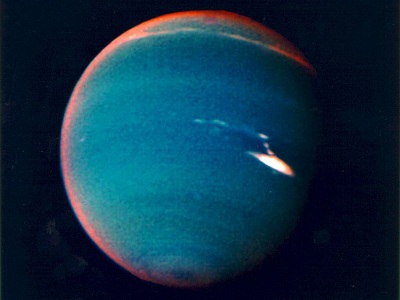
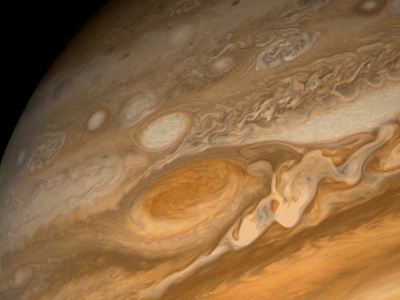
This historic image is the first ever taken from a spacecraft in orbit about Mercury, the innermost planet of the solar system. Taken on 3/29/2011 by MESSENGER, it shows numerous craters across the surface of the planet. Temperatures there can reach over 800°F because Mercury is so close to the Sun and rotates so slowly. MESSENGER entered orbit around Mercury earlier in March 2011.NASA/Johns Hopkins University Applied Physics Laboratory/Carnegie Institution of Washington
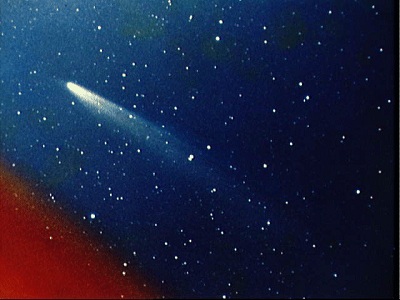 Comets are lumps of ice and dust that periodically come into the center of the solar system from its outer reaches. Some comets make repeated trips to the inner solar system. When comets get close enough to the Sun, heat makes them start to evaporate. Jets of gas and dust form long tails that we can see from Earth. This photograph shows Comet Kohoutek, which visited the inner solar system in 1973.
Comets are lumps of ice and dust that periodically come into the center of the solar system from its outer reaches. Some comets make repeated trips to the inner solar system. When comets get close enough to the Sun, heat makes them start to evaporate. Jets of gas and dust form long tails that we can see from Earth. This photograph shows Comet Kohoutek, which visited the inner solar system in 1973.

Lutetia is a medium-sized asteroid. It orbits the Sun in the main asteroid belt between the planets Mars and Jupiter. This lumpy object is about 96 km (60 miles) in diameter. It isn't a perfect sphere, though. Lutetia is 132 km (82 miles) across one way, but only about 76 km (47 miles) long in another direction. The European space probe Rosetta flew past Lutetia in July 2010, and gave us our first good look at the asteroid.

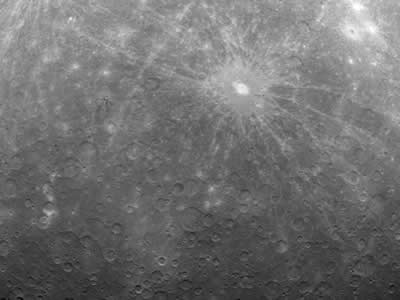
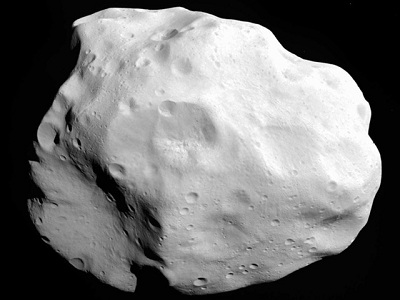



No comments:
Post a Comment